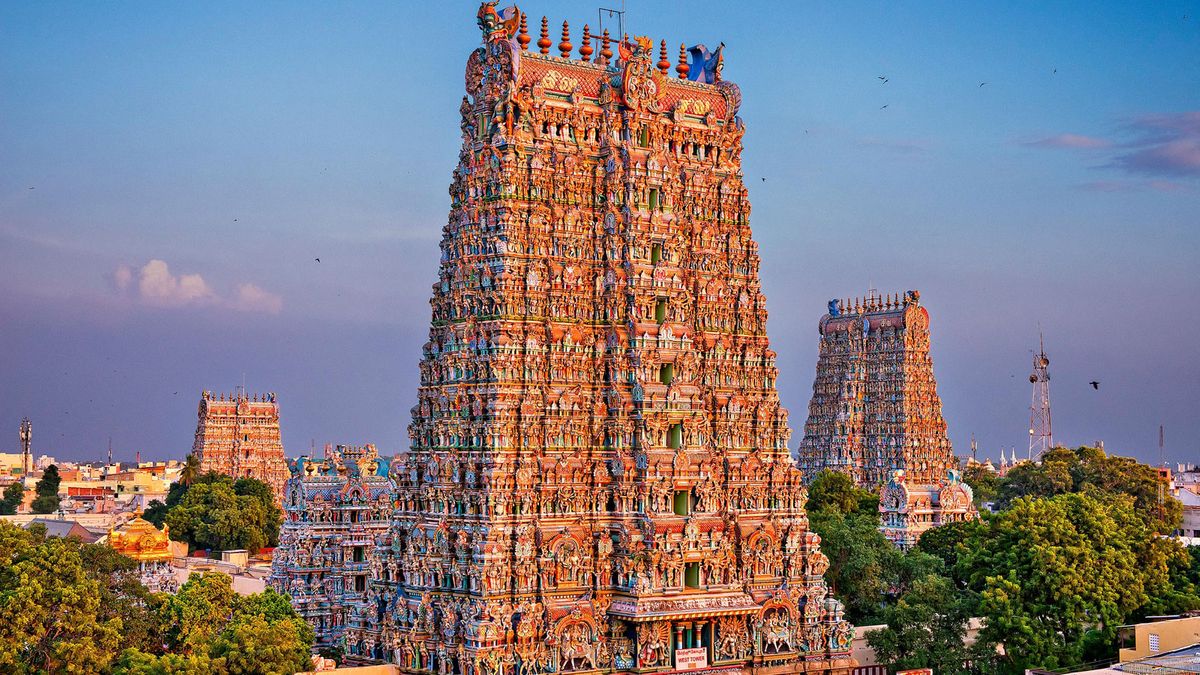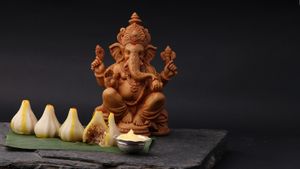There’s much to love about South India. Not only does the region boast a rich heritage and culture, but it also enjoys a bounty of natural diversity owing to its peninsular location. With the Arabian Sea on either side, one has many beaches to choose from, and the Deccan is also home to several peaks and hill stations. Besides nature, it’s the magnificent monuments and Dravidian architecture of South India that attract tourists from across the world.
Temples are the epitome of historic architecture, reflecting the best of past eras. Given its abundant history, there are many South Indian temples that are a must-visit. Here’s a list of some of the most famous South Indian temples to add to your travel bucket list!
1. Virupaksha Temple, Hampi, Karnataka
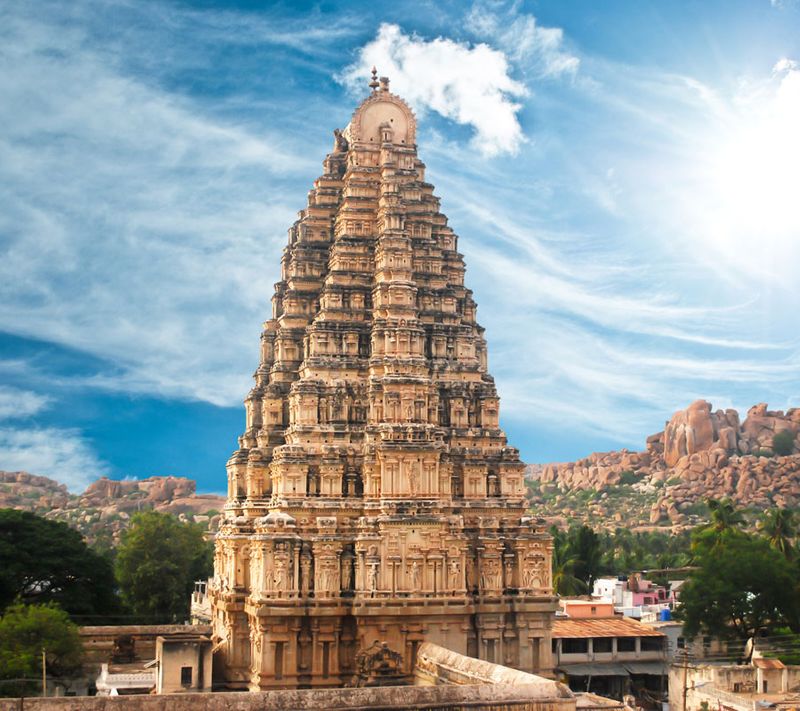
The Virupaksha Temple is a part of the famous monuments at Hampi in Karnataka and is a UNESCO World Heritage Site. While the South Indian temple was originally built in the 7th century, several rulers have made additions to it through the years in a bid to display their power. These changes make the South temple a unique ancient and architectural wonder that tells the story of many kingdoms. The South Indian mandir is also known for its central hall, Ranga Mandapa, which was made by Emperor Krishnadevaraya, who ruled the Vijayanagara Empire (present-day Hampi) from 1509-1529. It’s not just a tourist destination, because the South famous temple is also a popular venue for weddings in December.
2. Meenakshi Temple, Madurai, Tamil Nadu

The Arulmigu Meenakshi Sundareshwarar Temple is located on the banks of the Vaigai River in the temple city of Madurai. The South Indian temple was built in devotion to Goddess Meenakshi, a form of Parvati, and Lord Shiva. Its history dates back to the 13th century with several restorations and improvements in the following centuries. The South famous temple was one of the nominees for the 'New Seven Wonders of the World'. The halls and gopurams of this South temple feature royal architecture and intricate designs. Goddess Meenakshi's idol housed in this South Indian mandir has unique iconography. The goddess stands with one leg bent, holding a lotus in her right hand, on which sits a parrot while her left hand hangs by the side. The South temple’s west gopuram inspires Tamil Nadu’s state emblem.
3. Ramanathaswamy Temple, Rameshwaram, Tamil Nadu
Located on Rameshwaram Island, Ramanathaswamy Temple is dedicated to Lord Shiva. While its location on an island makes it a picturesque delight, this South famous island also has a fascinating significance in Hindu mythology. It is one of the Jyotirlinga temples. Several historians believe that this is where Lord Rama prayed to Lord Shiva on his return from Lanka. Several devotees visit the South Indian temple to complete their Char Dham yatra. The South famous temple is also known to have one of the longest corridors in the world.
4. Airavatesvara Temple, Kumbakonam, Tamil Nadu
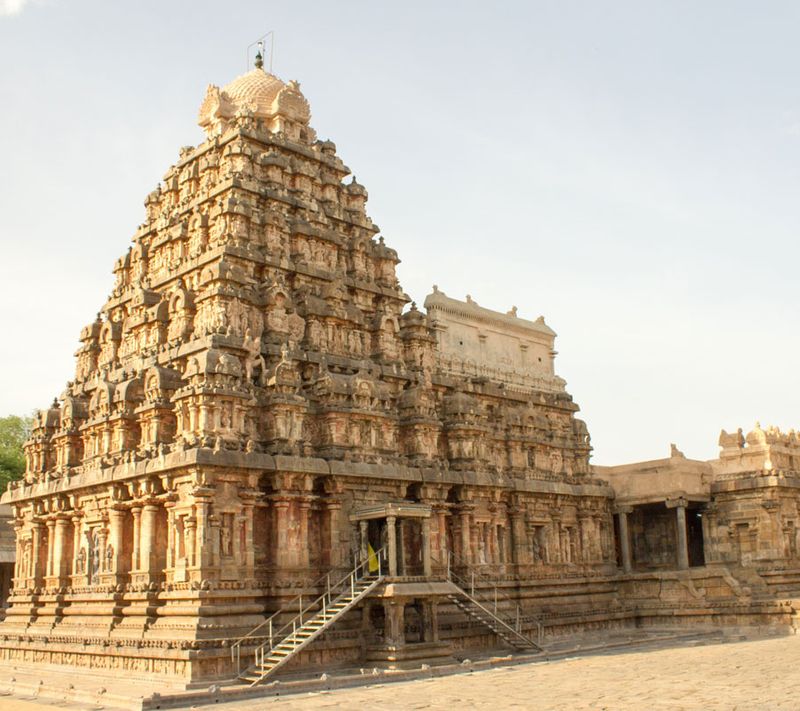
The Airavatesvara Temple is located in the Thanjavur District of Tamil Nadu. Built in the 12th century, the South Indian temple is dedicated to Lord Shiva. The South famous temple is named after Airavata, the white elephant of Lord Indra, who worshipped Lord Shiva. The South Indian mandir is known for its exquisite and intricate stone carvings.
5. Brihadeeswara Temple, Thanjavur, Tamil Nadu
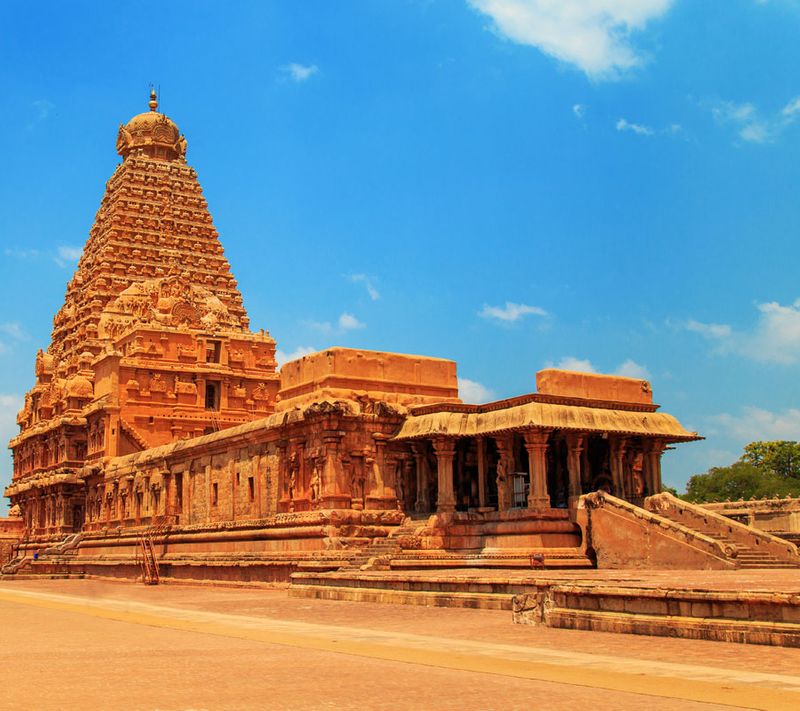
This South famous temple is locally known as Thanjai Periya Kovil and Rajarajeswaram. Located on the southern bank of the Cauvery river, the Brihadeeswara Temple is one of the biggest temples in India. Dating back to the 11th century, the South Indian temple is dedicated to Lord Shiva. It is a UNESCO World Heritage site, part of the ‘Great Living Chola Temples’.
The beautiful temples of South India are famous for their grandeur and magnificent Dravidian architecture. So, if you plan to visit South India, add these temples to your travel itinerary to experience the rich heritage and history of southern India.
Disclaimer: The details mentioned throughout this blog are sourced from publicly accessible platforms. At Zeezest, we intend to share factual and verified information. Should there be any inconsistencies or variances in the information provided, please understand that these are entirely unintentional and not meant to mislead.


